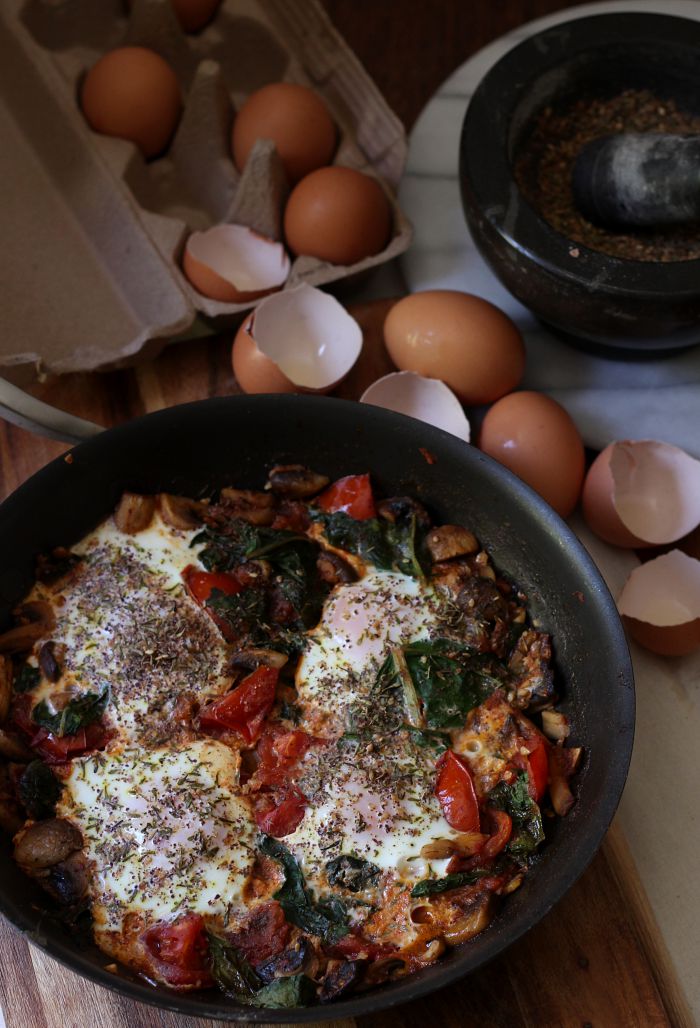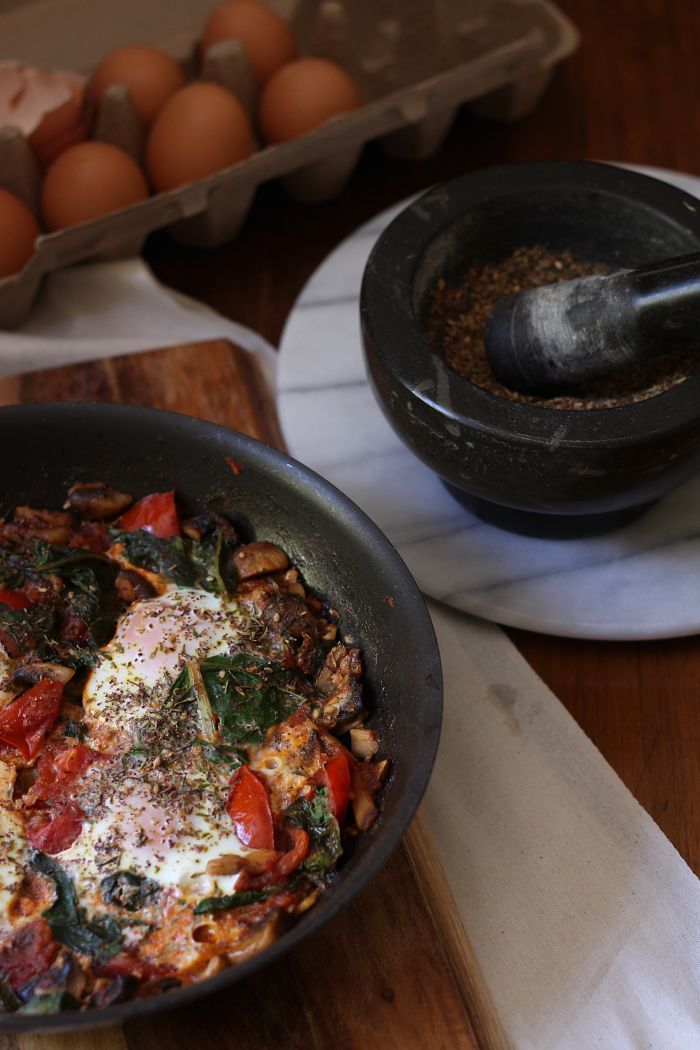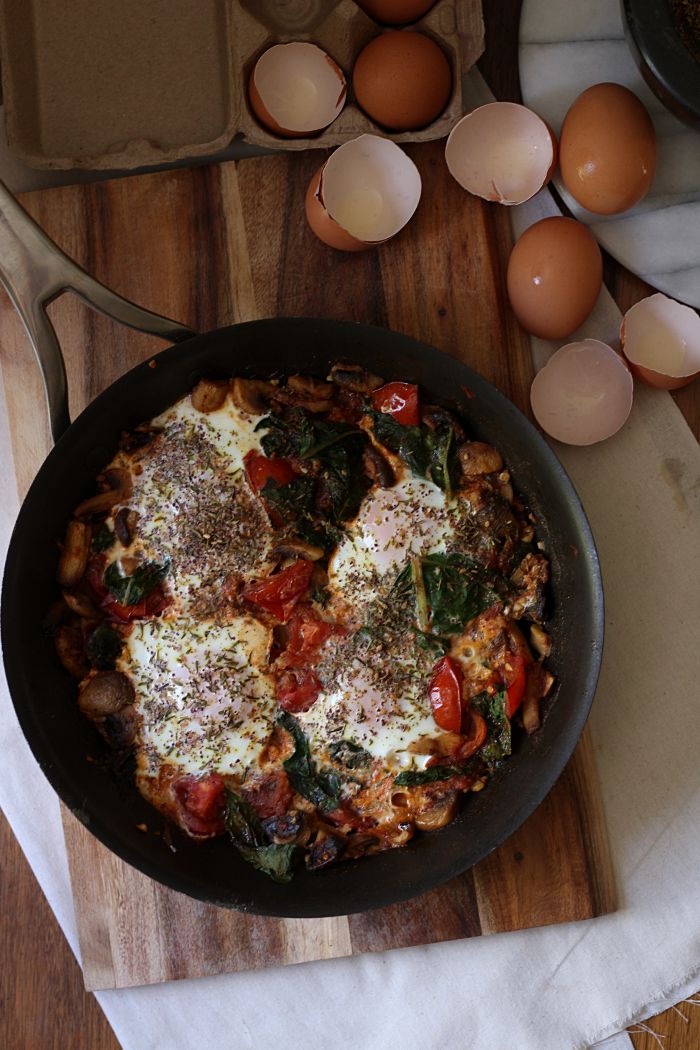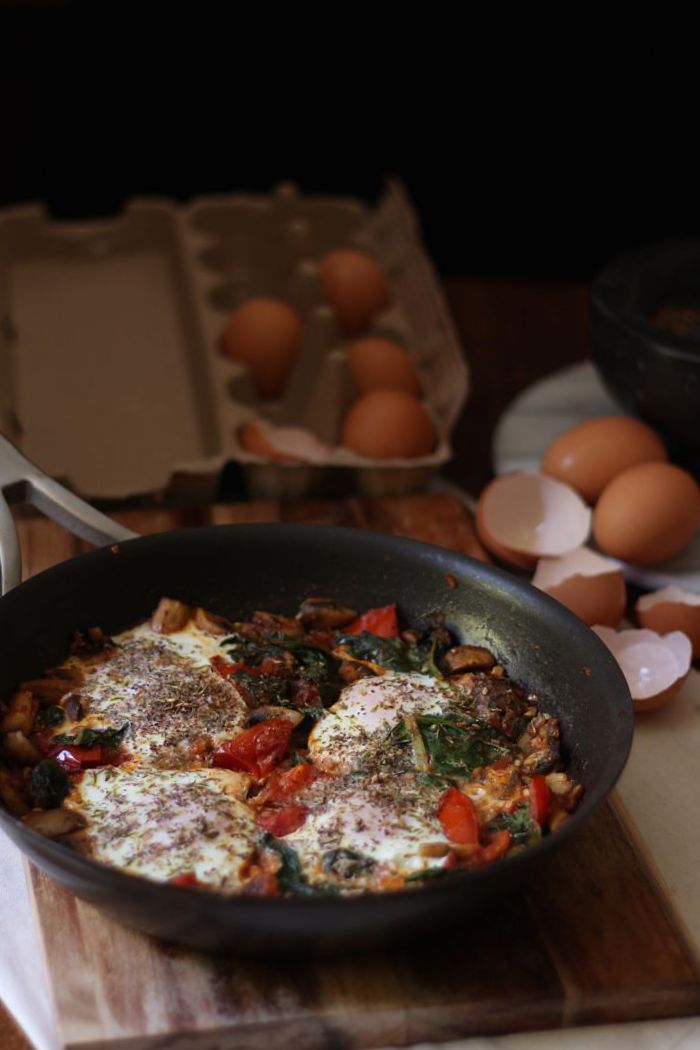
One of the best things about having a food blog is that it pushes me to constantly try not only new foods but also new cooking and food preparation techniques. I’m sure you would all find it boring if I posted the same thing all the time, and I would no doubt find it boring to eat the same food all the time. Not only is it more interesting to eat different foods and find new flavours to enjoy, its also an extremely healthy to eat a wide variety of foods.
A few years back I had what I considered at the time to be quite a healthy diet – my breakfast was nearly the exact same thing every day – oats with yoghurt, banana, cinnamon and crushed nuts. In summer I’d let it sit overnight a la bircher muesli and in winter I’d cook it and eat it warm. Lunches and dinners were a little more varied, but still usually consisted of mostly the same food – sushi, pasta, soup, veggie stir-fry with tofu and garden salads with canned tuna. While these meals weren’t overly unhealthy – there was nothing deep-fried and nothing overly processes, it was just that they were, well, quite monotonous. In terms of taste and in terms of the nutrients they provided. I was eating some nutrient dense foods like vegetables, and fruit to snack on, but it was the exact same vegetables and fruit every time. And I was also eating a lot of pasta, bread, rice and other commercially-produced food that was lacking in nutritional quality. When we don’t eat a wide variety of different foods, we risk not consuming the wide variety of vitamins and minerals that our bodies require.

Food is an energy source. It’s meant to provide us with the energy and nutrients we need to grow and function. But this does not mean food needs to be boring. It just means that we need to be creative with nutrient dense wholefoods so that we can enjoy these foods more. And one of the best ways to do this is to eat seasonally, and to experiment with different ways of cooking food to discover new tastes we like. When we eat seasonally we are forced to eat whatever is in season and not just get the same thing that we are familiar with over and over again. It forces us to get creative and think outside the box. It also allows us to consume different foods and therefore different vitamins and minerals than what we may otherwise be getting. Of course, we are talking here mostly about plant-based wholefoods, and not other “seasonal” foods like ice-cream in summer and hot chocolate in winter. While by all means you can go ahead and have a little treat if you want it, to get the goods your body needs you need to be making sure you mix up the ingredients in your meals from time to time.

But – this doesn’t mean that you need to go and spend a fortune on “superfoods” or spend hours slaving away in the kitchen. A great way to change a dish up is by cooking it in a slightly different way or switching out a few ingredients. Try using different vegetables in your standard stirfy, or switch out the rice you serve it with for cauliflower couscous. Roast or lightly fry vegetables to change up your standard salad. Use vegetables to make noodles. Add different spices, herbs and condiments to really add a different flavour to your favorite dish.
This brings me to this eggy dish, which is the perfect example of how swapping out a few ingredients and adding a few others can completely transform a dish. We make my shakshuka for a weekend breakfast once a month or so, and one of the last times I made it I decided to change up the recipe a bit. I had a whole bunch of kale sitting sadly in the fridge begging to be turned into something delicious so I added that to the mix, and also a generous spoonful of za’atar which is a Middle Eastern spice mix that I have been adding to everything lately. Using fresh herbs and spices is such a fantastic, easy way to transform any dish. And this spice mix in particular is incredibly simple yet has a wonderfully complex flavour from the toasted sesame seeds, subtly sweet sumac and earthy thyme. Once you’ve toasted your sesame seeds in a dry pan for a minute or so, the spice mix comes together in a flash. I use a mortar and pestle to make mine, but you could also use a spice grinder or food processor/blender, or if you don’t have any of these, buy the herbs and spices crushed and just mix them together in a bowl.
This dish also comes together a lot more quickly than the normal shakshuka, with the preparation and cooking taking less than half an hour from start to finish. A great (quick) way to start your next Sunday morning.

- 1 Tbsp coconut oil
- 2 garlic cloves, minced
- 8 mushrooms (100g), quartered
- 2 large tomatoes, roughly chopped
- ½ bunch kale, washed
- 4 eggs
- 1 tsp sumac
- ½ tsp paprika
- ½ tsp cumin
- Salt and pepper to taste
- 1 Tbsp za'atar spice blend
- Preheat oven to 200 C || 390 F
- Heat a fry pan over medium to high heat and add the oil. Fry the garlic until it is fragrant, around 30 - 60 seconds- be careful not to burn, it should just be starting to brown.
- Add the vegetables, sumac, paprika and cumin and cook until starting to soften, around three to four minutes.
- Lower the heat and use a wooden spoon to create four wells in the vegetable mix. Crack and egg into each, and sprinkle with half the za'atar.
- Bake 8 to 10 minutes, depending on how runny you like your yolk.
- Remove from the oven, and enjoy immediate.
I have never used sumac before despite seeing it on the spice shelf in the store! This looks really good. I totally agree with what you are saying. It can be easy to keep with the foods that we like and not keep trying other foods but it is so important to vary our diets!
Yes, a varied diet is so important isn’t it. I love baked eggs but I don’t make them enough. And I definitely want to try these with za’atar!